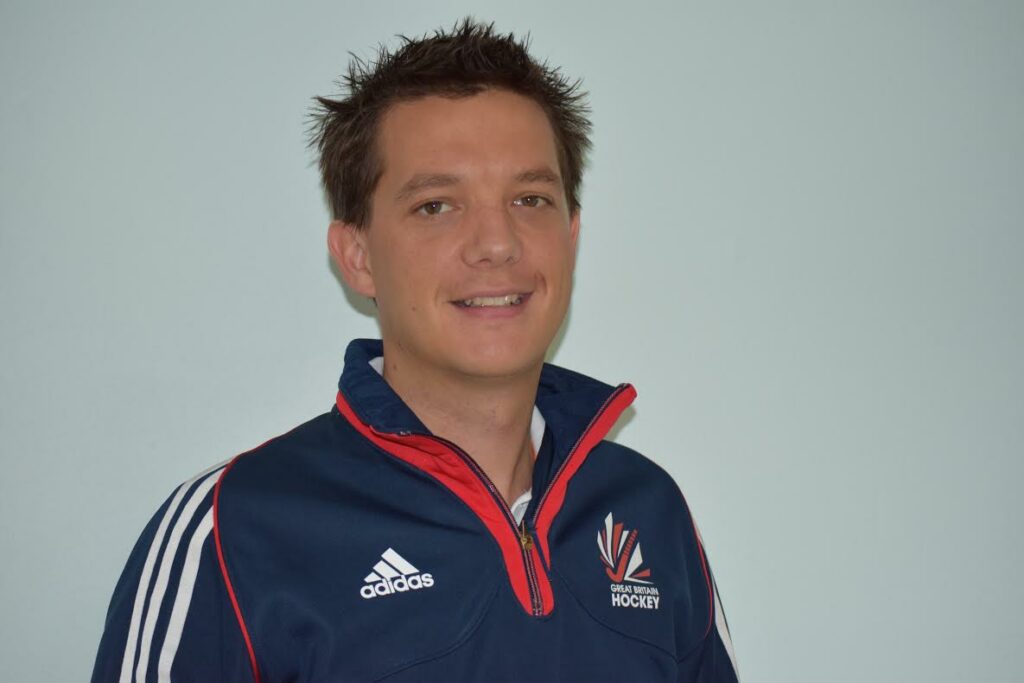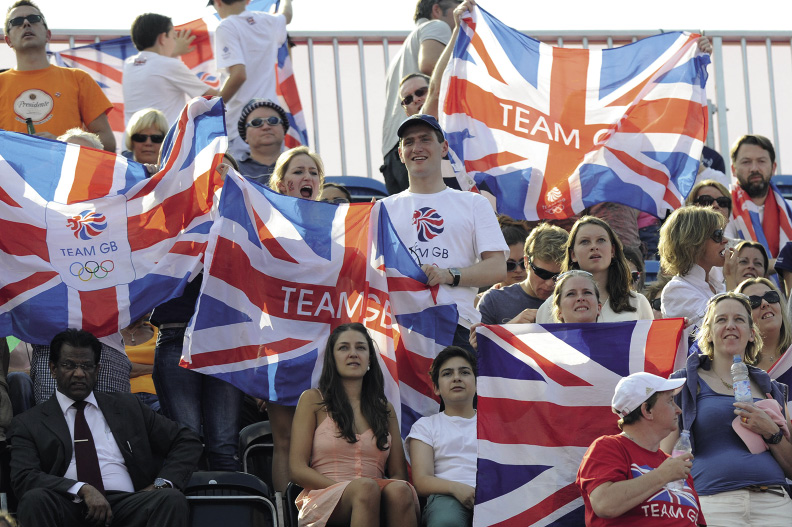The wind is in England Hockey’s sails right now. With less than one year to go until the Commonwealth Games, a raft of new recruits across the men’s and women’s national squads have made their debuts already this year.
EuroHockey Championships aside, the compass is now pointed to the Gold Coast and which of those players might step up to the mark.
These sea-faring analogies are apt given that former world class sailor Ed Barney is six months into his role as England Hockey performance director, having originally been recruited as head of talent development.
As a funded athlete for six years up until 2008, he was close to being one of Great Britain’s top crews. He then coached sailors to back-to-back golds at the Youth Olympics before moving to the England and Wales Cricket Board as a talent identification scientist.
During his time at the ECB, he worked with Simon Timson, now British Tennis’ head of performance. Work centred around investment into generating world-class players, while research took Barney to the US, where he visited NFL, NBA and MBL teams as part of a ‘knowledge share’ exercise.
Learning from academics, psychologists and world-leading set ups from the New York Jets to the Cleveland Browns, Barney then moved to Bisham Abbey in 2013.
Four years on, he believes that the scouting element to talent recruitment could hold the key to success in hockey, especially if the governing body can produce a pool of ten to 15 athletes who hold an understanding of the rigours of international sport.
Barney says a player like rising England Test cricket star Haseeb Hameed was “someone who was excelling in the performance and scouting spaces,” adding that “predicting whether Joe Root was a future England captain back then depended on many variables and would be hard to predict.”
He says: “In hockey there are some really good examples of players performing in national league to Under-21 trials. Ed Horler has a relatively untraditional trajectory and we need to make sure we need to pick up five or six other Horlers.”
 Players picking up a stick aged four to six would also be beneficial for performance chiefs. So too those playing multiple sports from aged six to 16.
Players picking up a stick aged four to six would also be beneficial for performance chiefs. So too those playing multiple sports from aged six to 16.
On a US theme, Barney points to Tom Brady as an example, the multi-sport playing quarterback who guided the New England Patriots to the Super Bowl’s biggest ever comeback win in February.
“The most successful young players – from the ages of 14 to 16 – stasticially aren’t the most successful senior internationals,” he adds. “There are examples to counter that such as Alex Danson or Barry Middleton.
“So there’s definitely some work we need to do in hockey around the Talent ID space, though it has all sorts of horrible connotations attached to it.
“This idea of the football example, at the age of eight in an academy setting, putting them through running and maturity tests and then making some sensible discussions about players transitioning at a Premier League football academy. We just have to be careful about what we mean about Talent ID. But it is a win for us in hockey.”
For Barney, that ‘win’ is in the next cycle but also in the 17 to 21-year-old space where the talent pool narrows.
“We have applied more of our performance statistics in the last few years, about the team and understanding of the trajectory,” he adds. “At the ECB our Under-19 programme equated to around four months of training per year. In hockey, it would be a 35-day programme.
“That’s where you have to make the decisions of where you invest your money. And there definitely is a job to do so that we don’t miss talent at that age.”
Pictures courtesy England Hockey




